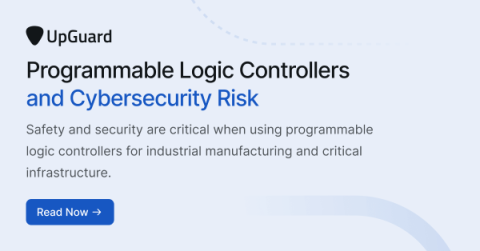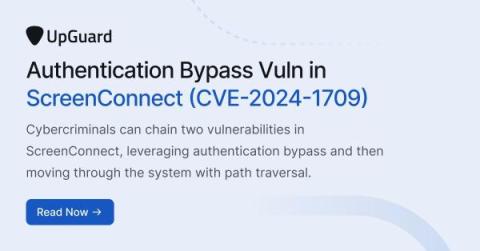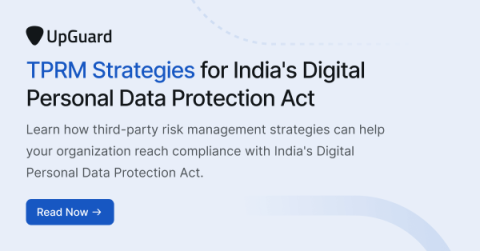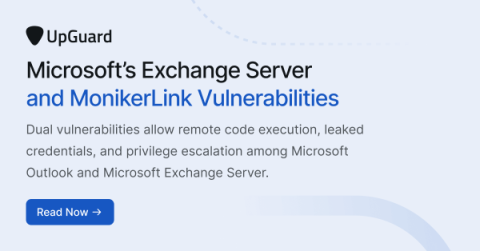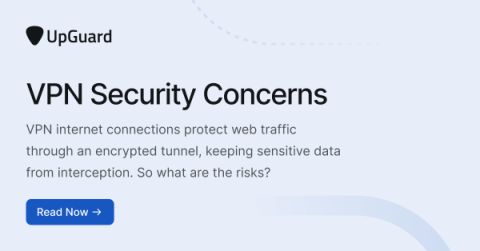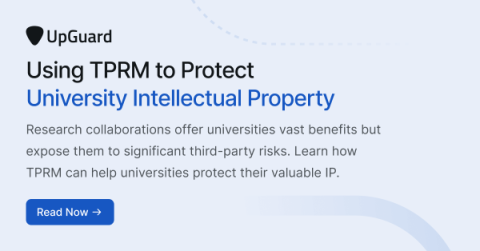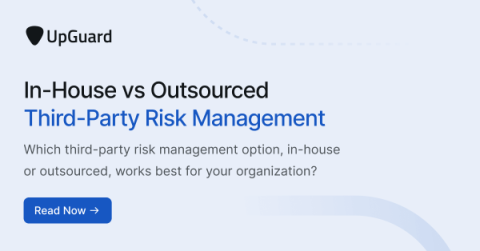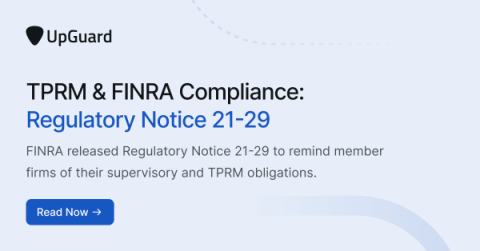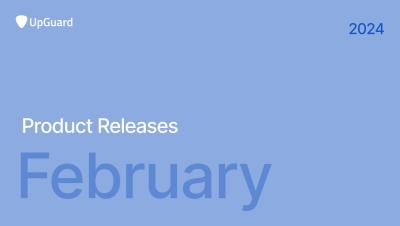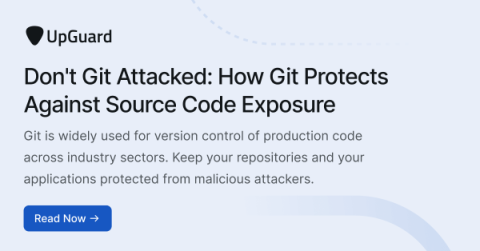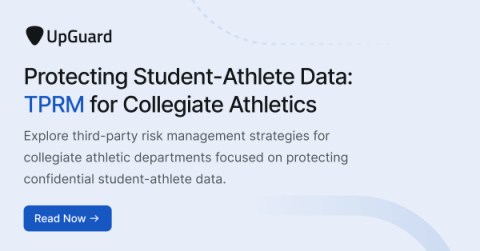Programmable Logic Controllers and Cybersecurity Risk
Considered the "brain" of industrial automation, programmable logic controllers (PLCs) are an important factor in industrial control systems (ICS), especially for critical infrastructure in the public sector. PLCs are an industrial computer used to control automated devices in a variety of industries, including industrial manufacturing and critical infrastructure. This article offers suggestions for PLC security risks, as well as cybersecurity standards for risk mitigation.


